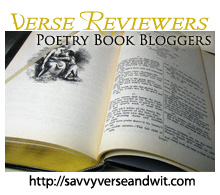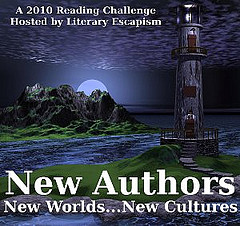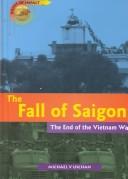
“And now what provokes me more than anything else is that the Match is broke off, and all my Labour thrown away. Imagine how great the Disappointment must be to me, when you consider that after having laboured both by Night and by Day, in order to get the Wedding dinner ready by the time appointed . . . ” (page 37)
Again, Austen shows adept understanding and mastery of the time period and traditions, turning them over and exaggerating their dramatic side. In typical Austen style, the characters become connected in unusual and unexpected ways. Some of the best scenes involve societal gossip, and the dialogue that impugns the reputation of the Lesley women spoken by their latest stepmother.
While this story is not as over the top or outrageous as Love and Freindship, Lesley Castle shows the darker sides of friendship but also the ability of friends to be frank with one another even if it is hurtful or causes disagreement. Austen’s early attempts at writing novels are indeed full of entertainment, and readers will instantly see why they captured her family’s attention.
This is my 12th book for the Jane Austen Challenge 2010.
This is my 8th book for the Everything Austen II Challenge.





 Mailbox Mondays (click the icon at the right to check out the tour) has gone on tour since Marcia at The Printed Page passed the torch. This month our host is Lady Q of
Mailbox Mondays (click the icon at the right to check out the tour) has gone on tour since Marcia at The Printed Page passed the torch. This month our host is Lady Q of 











